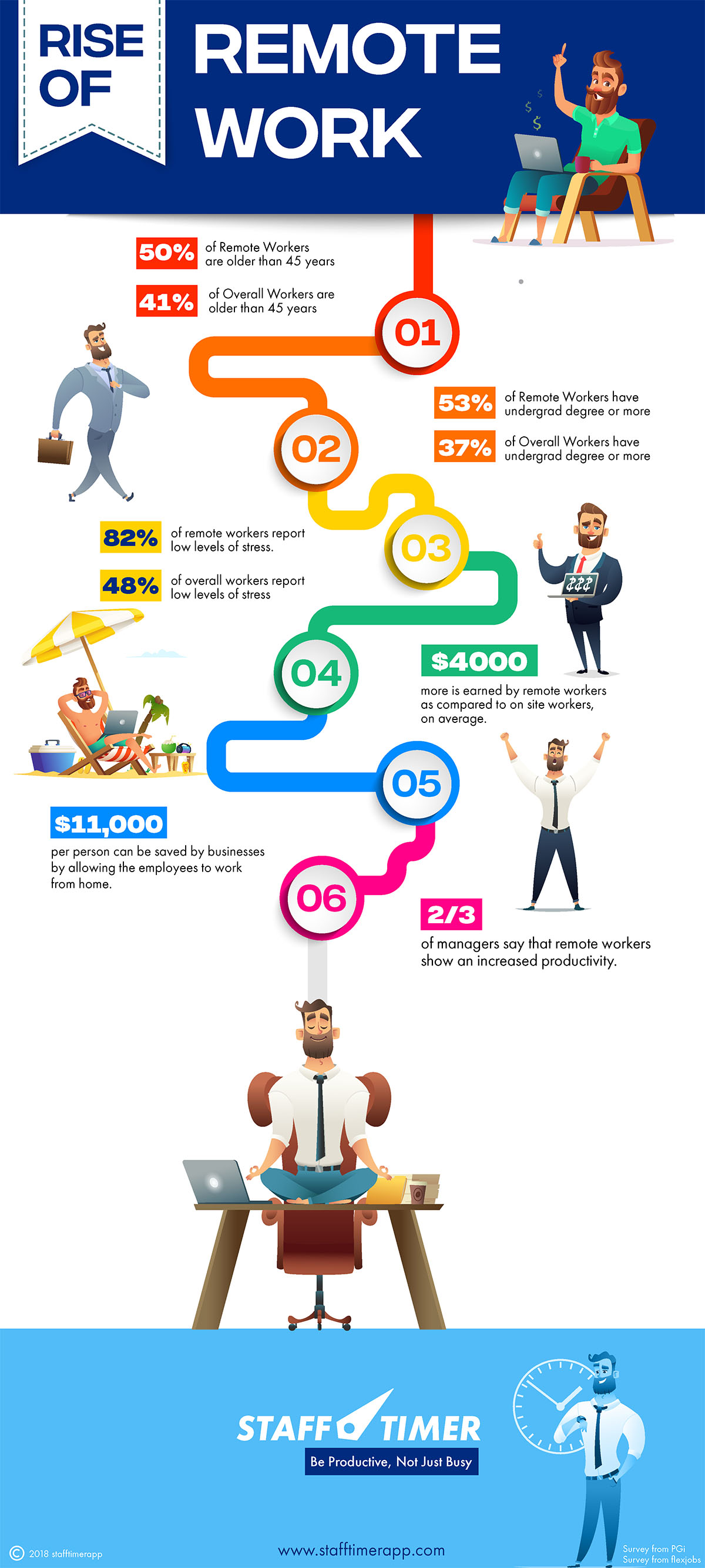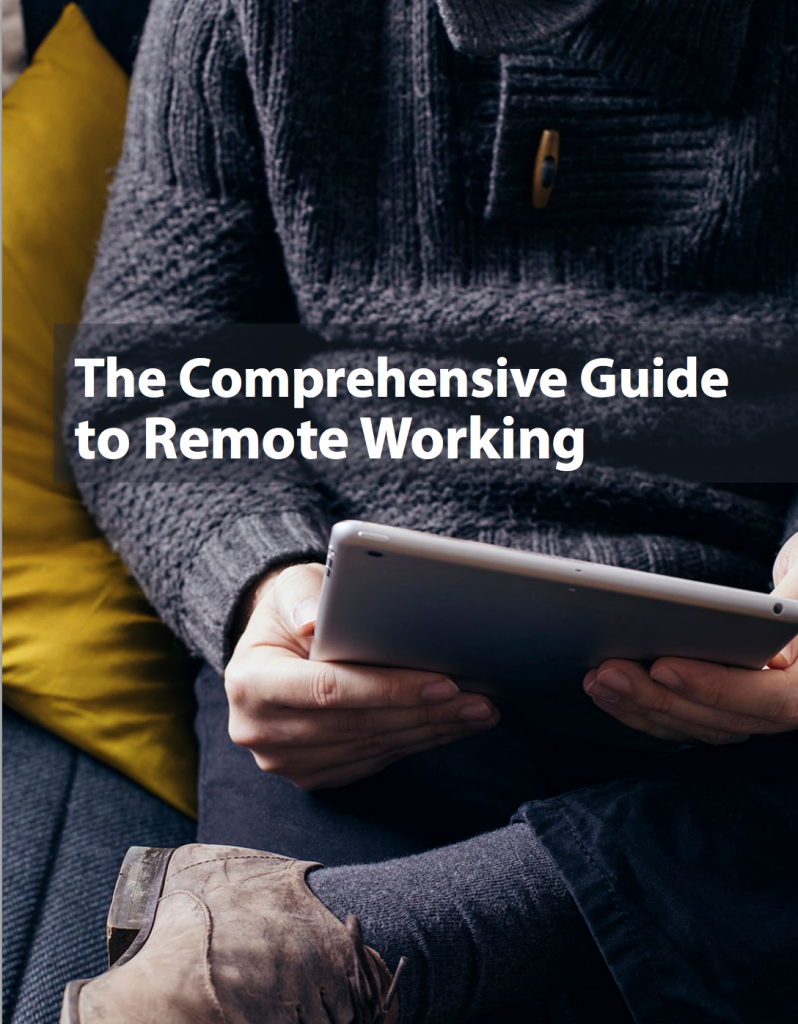The Rise of Remote Work: A Comprehensive Guide to Working from Home in the 21st Century
Related Articles: The Rise of Remote Work: A Comprehensive Guide to Working from Home in the 21st Century
Introduction
With enthusiasm, let’s navigate through the intriguing topic related to The Rise of Remote Work: A Comprehensive Guide to Working from Home in the 21st Century. Let’s weave interesting information and offer fresh perspectives to the readers.
Table of Content
The Rise of Remote Work: A Comprehensive Guide to Working from Home in the 21st Century

The landscape of employment has undergone a dramatic shift in recent years, with remote work becoming increasingly prevalent and accepted. This transformation, fueled by technological advancements and changing societal attitudes, has presented individuals with unprecedented opportunities to pursue careers outside the traditional office setting. This article delves into the multifaceted world of remote work, exploring its various forms, benefits, challenges, and future prospects.
The Evolution of Remote Work:
Remote work, often referred to as telecommuting or working from home, is not a new concept. Its roots can be traced back to the early days of computing, with individuals utilizing home-based computers for tasks like data entry and software development. However, the widespread adoption of remote work is a relatively recent phenomenon, driven by several key factors:
- Technological Advancements: The proliferation of high-speed internet, video conferencing platforms, and cloud-based collaboration tools has made it possible for employees to connect and communicate effectively from any location.
- Shifting Workplace Dynamics: The rise of the gig economy, coupled with a growing desire for work-life balance and flexible schedules, has created a more receptive environment for remote work arrangements.
- Globalized Workforce: The increasing interconnectedness of the global economy has facilitated the rise of remote teams, allowing companies to tap into a wider pool of talent regardless of geographic location.
Types of Remote Work:
Remote work encompasses a broad spectrum of employment models, each with its own unique characteristics:
- Fully Remote: Employees work entirely from home or a remote office, with no expectation of being physically present at a traditional workplace.
- Hybrid Remote: Employees split their time between working from home and the office, often adopting a schedule that combines the benefits of both environments.
- Remote-First: Companies prioritize remote work as the primary mode of operation, with physical offices serving as optional or secondary workspaces.
- Digital Nomads: Individuals who travel while working remotely, often leveraging technology to maintain their professional commitments while exploring different destinations.
Benefits of Remote Work:
The shift towards remote work has brought forth a multitude of benefits for both employees and employers:
For Employees:
- Increased Flexibility and Work-Life Balance: Remote work offers greater autonomy over work schedules, allowing employees to manage their time more effectively and integrate work with personal commitments.
- Reduced Commute Time and Costs: Eliminating the daily commute saves time and money, freeing up resources for other pursuits.
- Enhanced Productivity and Focus: Working in a distraction-free environment can lead to increased productivity and concentration, particularly for individuals who thrive in quiet settings.
- Greater Control Over Work Environment: Employees have the freedom to personalize their workspace, creating an environment conducive to their individual needs and preferences.
- Access to a Wider Range of Job Opportunities: Remote work expands the geographic scope of employment opportunities, allowing individuals to pursue roles that might not be available in their immediate location.
For Employers:
- Access to a Larger Talent Pool: Remote work allows companies to recruit and hire from a wider geographic area, expanding their reach to a more diverse and skilled workforce.
- Reduced Overhead Costs: Remote work can significantly reduce office expenses, including rent, utilities, and administrative costs.
- Increased Employee Retention: The flexibility and autonomy offered by remote work can lead to higher employee satisfaction and reduced turnover rates.
- Improved Productivity and Efficiency: Studies have shown that remote workers can be more productive than their office-based counterparts, particularly in roles that require focused work.
- Enhanced Environmental Sustainability: Remote work reduces commuting-related emissions, contributing to a more sustainable and environmentally friendly workplace.
Challenges of Remote Work:
While remote work offers numerous advantages, it also presents certain challenges that require careful consideration and proactive strategies:
- Maintaining Work-Life Boundaries: The blurring of lines between work and personal life can lead to burnout and difficulty disconnecting from work.
- Loneliness and Isolation: Working remotely can lead to feelings of isolation and loneliness, particularly for individuals who are social by nature.
- Communication and Collaboration Challenges: Effective communication and collaboration are crucial for remote teams, requiring clear processes and tools to facilitate seamless interaction.
- Lack of Physical Presence and Social Interaction: The absence of in-person interaction can make it challenging to build strong relationships with colleagues and foster a sense of community.
- Technological Issues and Security Concerns: Remote work relies heavily on technology, making it susceptible to technical glitches and security breaches.
Tips for Success in Remote Work:
Individuals seeking to thrive in a remote work environment can benefit from adopting the following strategies:
- Establish a Dedicated Workspace: Create a designated workspace that is free from distractions and conducive to focused work.
- Set Clear Boundaries and Stick to a Schedule: Establish clear boundaries between work and personal time to prevent burnout and maintain a healthy work-life balance.
- Regularly Connect with Colleagues and Supervisors: Engage in regular communication with colleagues and supervisors to stay informed, build relationships, and foster a sense of team spirit.
- Utilize Collaboration Tools Effectively: Leverage collaboration tools to facilitate communication, share information, and work effectively as a team.
- Take Breaks and Prioritize Self-Care: Regular breaks and self-care practices are crucial for maintaining mental and physical well-being, particularly when working remotely.
Frequently Asked Questions (FAQs) about Remote Work:
Q: Is remote work suitable for all types of jobs?
A: While remote work is becoming increasingly common, it is not suitable for all professions. Jobs that require significant in-person interaction, specialized equipment, or physical presence in a specific location are generally not well-suited for remote work.
Q: How can I find remote work opportunities?
A: Numerous resources exist for finding remote work opportunities, including online job boards, professional networking platforms, and remote-specific job search engines.
Q: What are the legal implications of remote work?
A: The legal implications of remote work vary depending on location and employment status. It is essential to consult with legal professionals to ensure compliance with relevant laws and regulations.
Q: How can I create a successful remote work environment?
A: Creating a successful remote work environment requires a combination of factors, including a dedicated workspace, clear boundaries, effective communication tools, and a proactive approach to managing potential challenges.
Conclusion:
Remote work has emerged as a transformative force in the modern workplace, offering a multitude of benefits for both employees and employers. While it presents certain challenges, these can be effectively addressed through proactive planning and adaptation. As technology continues to advance and societal attitudes shift, remote work is poised to become an increasingly integral part of the future of employment. By embracing its potential and navigating its challenges, individuals and organizations can unlock the full benefits of this dynamic and evolving work model.

![The Rise of Remote Working [Infographic] - ownvisual infographic submission website](https://4.bp.blogspot.com/-J1Ci3xIUgH4/WxErfGXPSuI/AAAAAAAAFD4/I_emtdq9xX8fzBoLpE_K5lytq3-e4VKTwCKgBGAs/w1200-h630-p-k-no-nu/the-rise-of-remote-working.png)






Closure
Thus, we hope this article has provided valuable insights into The Rise of Remote Work: A Comprehensive Guide to Working from Home in the 21st Century. We thank you for taking the time to read this article. See you in our next article!
